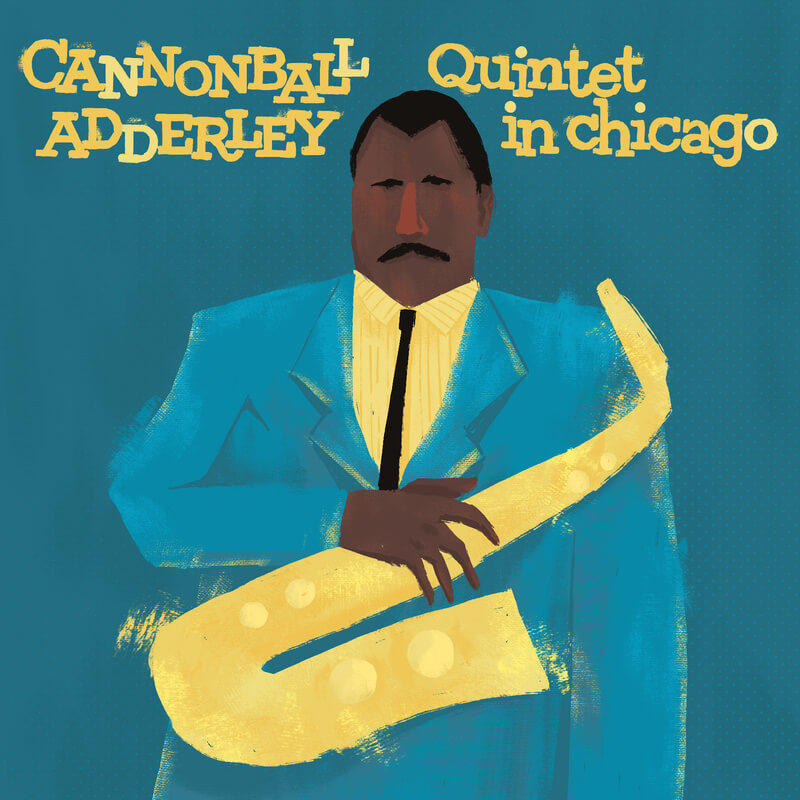Description
The Refuge of Rualdo and the Fool
If we're constantly working with specialty coffees, could there be anything more special for us?
El Refugio del Rualdo y El Bobo is the work of producer Mario Barquero and his family, who acquired a farm in 1948 that had no coffee production. Over the years, the family has dedicated itself to learning and researching many modern cultivation techniques geared toward sustainability.
This lot consists of coffee of the F1 Milenio variety, a hybrid resulting from a combination in the Sachimor and Sudan Rume laboratories. This type of coffee could be the future of sustainability for many coffee plantations in the region, as it produces excellent cups when grown in optimal climatic and altitude conditions and is resistant to coffee leaf rust.
The cup is elegant. The day the sample of this coffee landed in our sample roastery, the world slowed down a little. We were undoubtedly in the presence of something special. A coffee with a very pronounced malty fragrance. Fresh. And very sweet.
Meanwhile, on the old Marantz, we were accompanied by John Coltrane on tenor, Wynton Kelly on piano, Paul Chambers on double bass, Jimmy Cobb on drums, and, as a soloist, Julian Cannonball Adderley on alto sax.
If the Cannonball Quintet were a sextet, the sixth man would be Miles Davis.
Julian Cannonball Adderley is a giant saxophonist from the bebop era. He began playing with Ray Charles and his brother Nat when their parents moved them to Tallahassee, Florida, in the early 1940s. Years later, already in New York, he combined his solo work with accompanying Miles and Bill Evans in their respective bands.
This is a strange recording.
It was first released on Mercury Records in 1959, and the pressing sold out without being reissued. Cannonball didn't enjoy the commercial success it would achieve in 1966 with Mercy, Mercy, Mercy. In 1964, after Coltrane had become the superstar he is today (after Giant Steps and A Love Supreme), it was reissued under the name Cannonball & Coltrane on the Limelight label.
This session took place shortly before these five men recorded their groundbreaking Kind of Blue with Miles Davis (although Bill Evans would ultimately end up handling almost all the pianos), and Miles's influence is more than notable, not to mention his own melodic concerns. More introspective in Coltrane's case. More oriented toward the more popular sounds of Cannonball. The rhythmic base is composed by three men who were probably at the creative peak of their careers.
If several of the albums we've talked about are milestones in the history of jazz, such as Giant Steps, King of Blue, or A Love Supreme, in which music changed forever, this recording can be considered one of the most established and representative works of hard bop.

